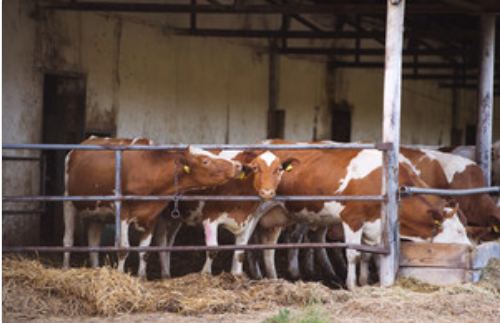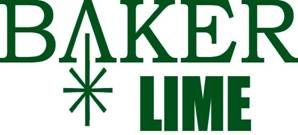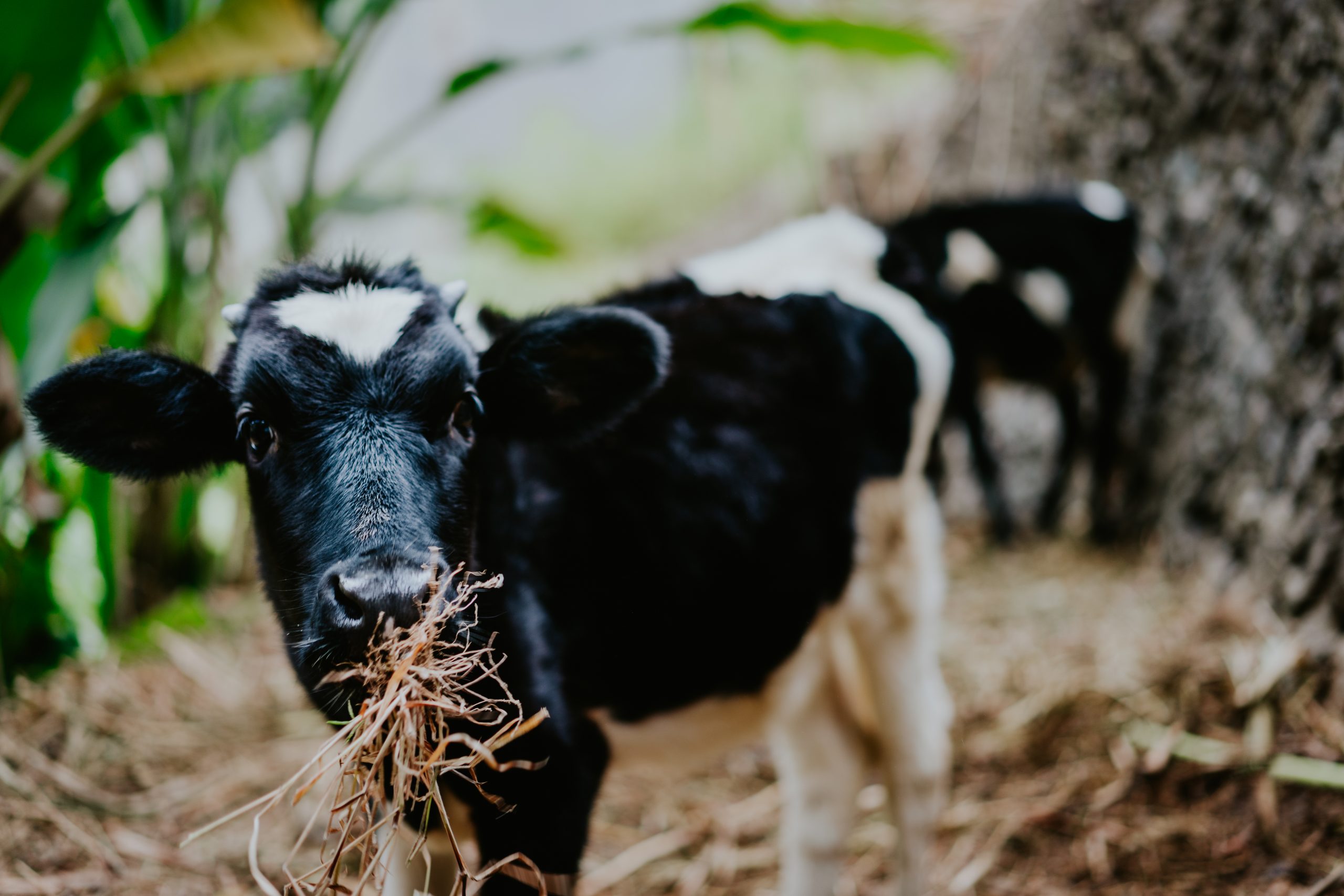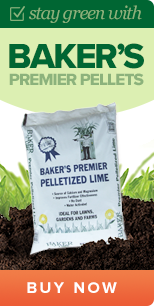Best Bedding Options for Dairy Cows
View Lime Stall Bedding Find Your Local Distributor
Author/Reviewed By: Josh Miller, Sales Manager: Baker Lime & North America Minerals
Published: 7/18/2019 – Updated: 4/17/2020
The choice of best bedding for cattle is a crucial decision that every dairy farmer must make. The right bedding for livestock will keep the animals comfortable and offer sufficient support for a cow’s frame. The bedding must also remain dry, which will help prevent the onset of disease and provide sure footing to minimize the risk of injuries. From the farmer’s perspective, the best bedding for dairy cows is cost-effective, requires minimal labor and drains well.

What Type of Bedding Do Cows Need?
Farmers can select from several dairy bedding options for dairy cows. Some of the most common choices to make a bed for cows include:
- Sand: Sand is one of the most popular choices for cow bedding. Sand easily conforms to the size and shape of the animal, which provides comfort. It also drains moisture away from the surface, which promotes cleanliness. Sand also helps prevent health issues such as mastitis, hock and knee injuries. On the downside, it can be heavy to handle and abrasive to equipment, and it can cling to teats and utters, especially when wet.
- Sawdust and wood shavings: When properly screened and dried, sawdust can provide an effective bedding option for dairy cows. A drawback to using sawdust is that it can facilitate pathogen growth when damp, although adding lime to the bedding can reduce the risk. Wood shavings can serve as surface bedding, but they can be more expensive and less absorbent than sawdust.
- Straw: Chopped straw can provide a comfortable environment for cow bedding. However, it’s essential to change the bedding frequently, as heavily soiled straw can promote the growth of pathogens. Using straw with a small particle size will increase animal comfort and reduce the breakdown time.
- Paper: Paper is relatively inexpensive and readily available. For best results, combine paper with other bedding materials such as sand, sawdust or straw.
- Compost: Compost provides an organic bedding option for dairy cows that works well in open barn environments. The use of composting does require twice-daily aeration during milking, as well as the addition of sawdust or wood shavings as needed. Proper ventilation is also essential due to the manure content. When the compost pack reaches four feet in height, farmers can then remove it from the barn and use it to fertilize their fields.
- Geotextile mattresses: Dairy farmers can purchase mattresses which have waterproof exteriors and contain bedding materials such as water or polyethylene foam. Farmers install them by attaching them to create rows.
The Benefits of Adding Lime to Cow Bedding
Spreading limestone over some types of cow bedding materials can help the animals as well as the farmers. Lime can prevent ammonia — which is known to cause respiratory problems in some animals — from building up during the winter months when they spend more time in their stalls. Healthy cows produce more milk, which benefits the farmer in the long run. Bedding Lime is a cost effective, natural, and safe bedding product for cows or any type of livestock. Another added benefit to using lime as bedding is the liming value your pastures or fields will get when you clean out stalls and spread the manure mixed with limestone bedding.
Based in York, PA, Baker Lime offers high-quality limestone products that can provide the ideal bedding for livestock and dairy farmers in Pennsylvania and beyond. Find and contact your local Baker Lime dealer to learn more today.









